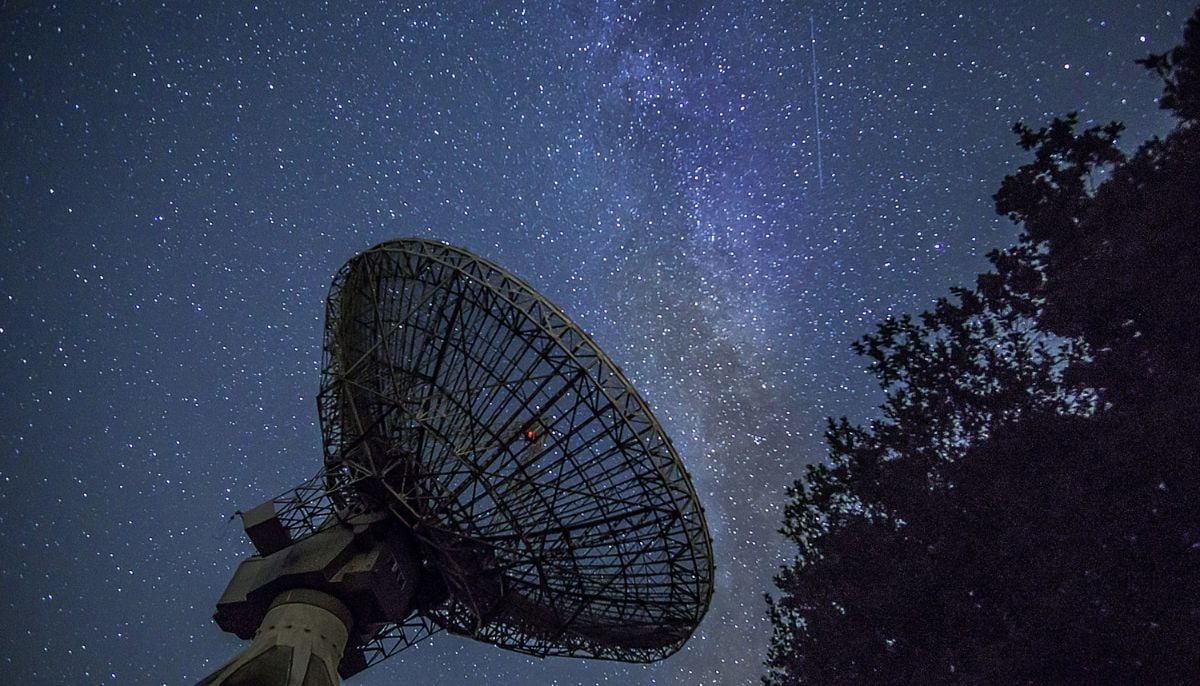Apollo's legacy lives on with Artemis' bold leap towards lunar horizons
Cosmos await, poised for a leap into the future, propelled by Artemis and the daring spirit of exploration
The upcoming launch of Intuitive Machines' Nova-C spacecraft aboard a SpaceX rocket heralds NASA's Artemis programme, steering space exploration into uncharted territories.
The question is why entrust such endeavors to the commercial sector, particularly following Astrobotic's recent setback?
The answer lies in NASA's bold reorganisation for Artemis, its Moon-to-Mars program. Departing from the Cold War model of micromanagement, NASA now harnesses the power of America's market economy, stressing cost-effective breakthroughs.
The shift towards commercial players, epitomised by SpaceX's success, is rooted in a strategy that prioritises "more shots on goal" at lower costs, according to Scott Pace, a former National Space Council member. SpaceX, once deemed reckless, has become NASA's preferred contractor, showcasing the value of competition in providing diverse options.
While NASA's previous era saw it handed over $300 billion during the Apollo missions, Artemis operates on a leaner budget of $93 billion by 2025. This change involves purchasing services rather than dictating construction specifics to private entities. The Commercial Lunar Payload Services (CLPS) initiative fosters partnerships with emerging companies, echoing the successful SpaceX model.
However, the approach is not without challenges. NASA, while retaining control of the Space Launch System (SLS) and Orion capsule, has opted for SpaceX's unproven Starship rocket for the lunar landing. Starship's untested flight history and intricate fueling procedures add an element of uncertainty, potentially impacting the 2026 target for a crewed lunar touchdown.
Comparisons with China, NASA's space rival, are inevitable. China's method, characterised by streamlined processes and consistent timelines, contrasts sharply with the U.S.'s intricate political landscape and potential delays. G. Scott Hubbard, a former NASA official, notes the absence of the "shenanigans" plaguing the U.S. space endeavors.
Artemis, designed with international collaborations, aims to avoid the fate of the scrapped Constellation program from the 2000s. Despite challenges, the U.S. is committed to its public-private partnership paradigm, where the potential rewards come with calculated risks.
-
Bamboo: World’s next sustainable ‘superfood’ hiding in plain sight
-
NASA Artemis II rocket heads to the launch pad for a historic crewed mission to the Moon
-
Blood Moon: When and where to watch in 2026
-
Elon Musk’s Starlink rival Eutelsat partners with MaiaSpace for satellite launches
-
Blue Moon 2026: Everything you need to know
-
Scientists unravel mystery of James Webb’s ‘little red dots’ in deep space
-
ISS crew of four completes medical evacuation with safe splashdown off California
-
Annular solar eclipse 2026: Here's everything to know about the ‘ring of fire’












